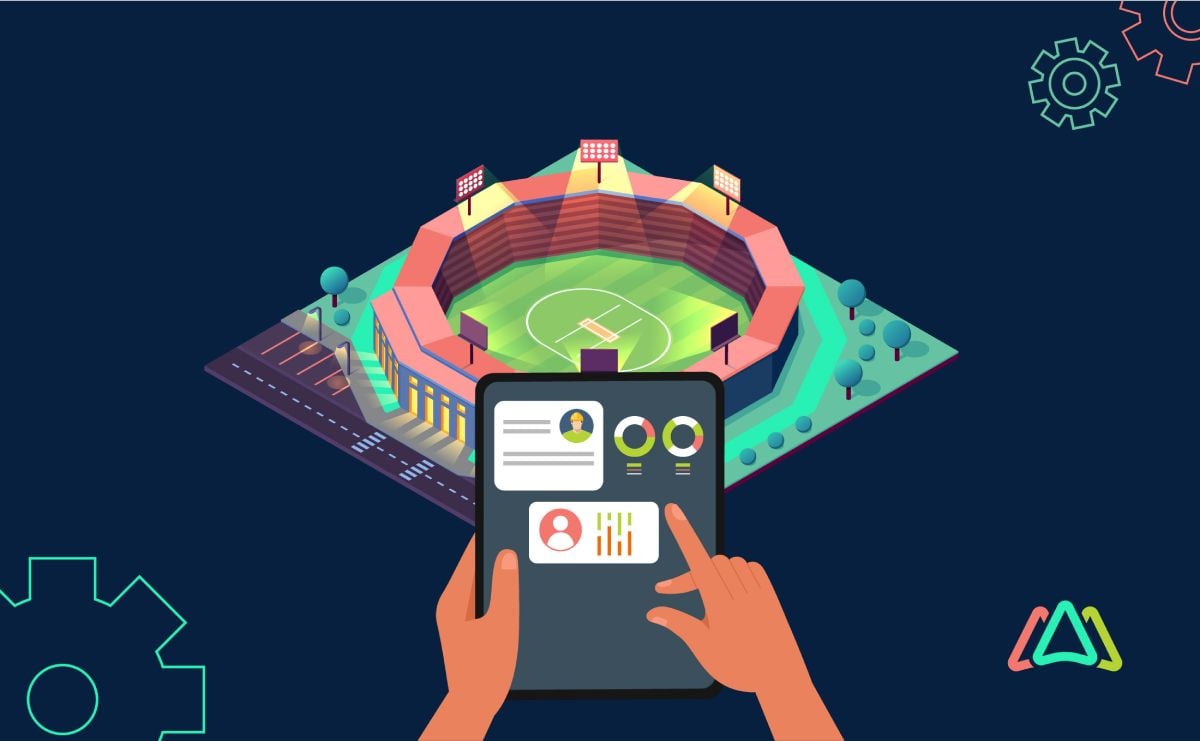Facility Management Trends That Are Shaping the Future of Workplace Characteristics
Facility Management Trends That Are Shaping the Future of Workplace Characteristics
Blog Article
The Important Guide to Facility Monitoring: Approaches for Success
Center administration plays an important function in the overall success of an organization, functioning as the backbone that sustains safety and security, efficiency, and performance. By using critical methods such as integrated technical services and fostering cross-departmental cooperation, organizations can significantly boost their operational foundations. The subtleties of effective center management expand beyond plain logistics and require a thorough understanding of both qualitative and quantitative metrics. As we check out these essential methods, a closer examination exposes how they can transform not simply facilities, yet the very culture within a company itself. What might these changes resemble in practice?
Comprehending Center Monitoring
What constitutes effective center administration? Efficient center monitoring incorporates the coordination of various organizational functions to make sure that developed settings are secure, reliable, and helpful to productivity. Facility Management. It integrates the principles of business, architecture, and design management to create a smooth functional circulation within a company
Crucial element of facility management consist of room preparation, upkeep administration, and compliance with health and safety laws. Room preparation focuses on optimizing using physical resources to sustain business goals, while maintenance management makes sure that centers are kept in optimal problem, maximizing life-span and lowering functional costs. Conformity with regulatory and lawful requirements is important, as it safeguards the organization versus prospective liabilities and boosts its track record.
Additionally, effective center administration relies upon the strategic use modern technology, such as Structure Monitoring Systems (BMS) and Computer-Aided Center Administration (CAFM) tools. These modern technologies help with real-time monitoring of structure systems and streamline upkeep processes. Inevitably, a detailed approach to center management not just promotes operational performance however additionally promotes a favorable atmosphere for site visitors and employees alike, driving total organizational success.
Secret Strategies for Optimization
Enhancing center administration calls for a tactical strategy that aligns functional practices with business objectives. To accomplish this, the initial essential method is the implementation of integrated technical remedies. Utilizing sophisticated software application systems allows for real-time tracking of center procedures, facilitating data-driven decision-making and enhancing total efficiency.
Secondly, routine analyses of center performance are vital. Carrying out regular inspections and audits allows center supervisors to recognize locations that need improvement, making sure that sources are alloted effectively. This positive strategy assists in lessening downtime and boosting solution distribution.
An additional critical technique is promoting partnership across divisions. By motivating open interaction in between groups, center supervisors can better align their methods with service objectives, causing boosted functional synergy. In addition, involving personnel in training programs promotes a culture of responsibility and improves their capability to contribute to optimization efforts.
Enhancing Security Protocols
Strengthening safety protocols is important for creating a protected atmosphere within facilities. A thorough safety and security procedure not only safeguards employees and visitors however also enhances functional performance. To accomplish this, facility supervisors have to carry out routine risk analyses to recognize prospective risks and ensure that ideal procedures are in place.
Educating and education are crucial parts of efficient safety methods - Facility Management. Workers should obtain continuous read more training in emergency treatments, equipment handling, and individual protective measures. Routine drills, such as fire evacuations or lockdown treatments, foster experience and readiness among team
In addition, clear interaction channels need to be established to report safety and security issues without delay. This includes developing an obtainable system for staff members to voice possible risks or cases without worry of retribution. Leveraging technology can improve safety and security procedures; for example, applying surveillance systems and accessibility controls helps keep track of facility tasks and limit unauthorized entrance.
Last but not least, get more info conformity with neighborhood policies and sector criteria is non-negotiable. Regular audits and evaluations of security methods ensure positioning with present regulations and ideal practices. By prioritizing these methods, center supervisors can cultivate a culture of safety that secures all stakeholders and inevitably adds to the organization's success.
Improving Work Environment Setting

Ergonomic considerations are important to lessen physical pressure and pain. Facility Management. This includes supplying flexible furniture, appropriate illumination, and sufficient area for movement. These adjustments can lead to reduced absenteeism and increased work contentment
Aesthetics play a vital duty in forming the office environment. Using color psychology, natural lights, and plant can promote a welcoming and stimulating atmosphere. Thoughtfully made rooms can improve imagination and improve total health.
Additionally, encouraging staff member involvement through comprehensive decision-making procedures can enhance the feeling of ownership and belonging. Collecting responses on work click here environment improvements and involving staff members in the style process can bring about a much more tailored setting that satisfies their demands.
Finally, promoting health efforts, such as wellness programs and leisure rooms, can even more add to a helpful workplace society. By concentrating on these approaches, facility supervisors can successfully improve the office environment, driving both staff member complete satisfaction and business success.
Determining Success in Facilities
Gauging success in facility monitoring requires a thorough method that reviews both qualitative and measurable metrics. Quantitative metrics normally include crucial performance signs (KPIs) such as room usage prices, power usage, upkeep costs, and occupancy levels. These metrics give a clear image of operational performance and financial performance, enabling center managers to determine locations for improvement and criteria versus market standards.
Qualitative metrics, on the other hand, emphasis on customer satisfaction and worker involvement. Studies and feedback systems can determine just how well the facilities satisfy the requirements of owners, helping to evaluate the general office setting. This facet is crucial, as a pleased labor force is usually connected to enhanced efficiency and retention prices.
To properly gauge success, center managers should also think about integrating innovation, such as developing monitoring systems and information analytics devices, to accumulate and assess pertinent information. Regularly assessing both collections of metrics permits a much more balanced view of performance and informs critical decisions. Eventually, an effective center monitoring method depends upon a dedication to constant enhancement, making sure that both operational effectiveness and user fulfillment are focused on.
Verdict

Center management plays an essential role in the total success of an organization, serving as the foundation that supports security, effectiveness, and performance.Trick components of facility monitoring consist of space planning, upkeep monitoring, and compliance with health and security guidelines.Furthermore, effective facility administration counts on the critical use of technology, such as Building Administration Solution (BMS) and Computer-Aided Facility Management (CAFM) tools. Eventually, a thorough approach to facility management not only promotes operational efficiency however likewise promotes a favorable atmosphere for site visitors and workers alike, driving total business success.
Inevitably, an effective center administration method pivots on a commitment to constant enhancement, guaranteeing that both operational efficiencies and user satisfaction are prioritized.
Report this page